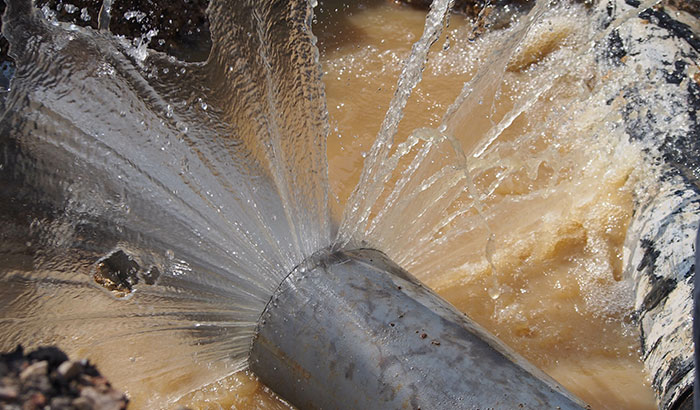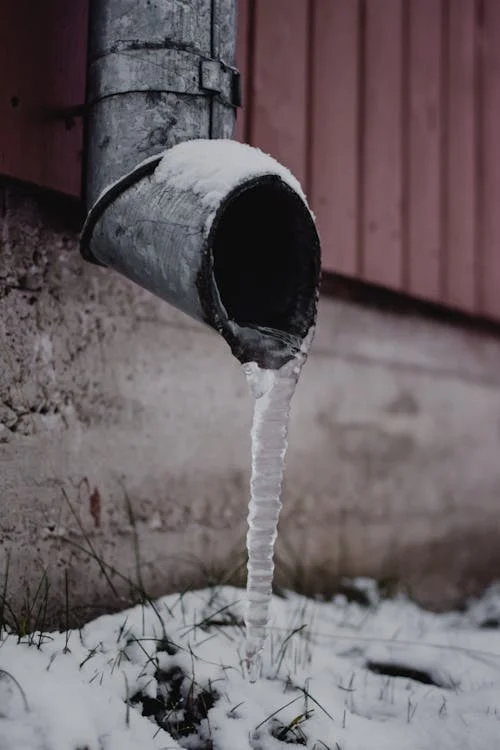Signs of a Burst Pipe: How to Identify and Address the Issue Before It Escalates
Signs of a Burst Pipe: How to Identify and Address the Issue Before It Escalates
Blog Article
Preventing Ruptured Pipes: Essential Tips to Secure Your Plumbing
Preventing burst pipes is a vital worry for property owners, particularly during cooler months when the risk of cold is increased. Executing strategic procedures such as correct insulation, regular inspections, and maintaining regular interior temperatures can significantly lower the probability of pipeline failure.
Understand Pipeline Vulnerabilities
Recognizing pipeline susceptabilities is necessary for efficient pipes maintenance and avoiding costly damages. Numerous variables contribute to the susceptibility of pipelines to ruptureds, consisting of product structure, age, and environmental conditions. Older pipelines, specifically those made from galvanized steel or polybutylene, often deteriorate with time, leading to increased threat of tears and leakages.
Temperature variations can additionally dramatically impact pipe honesty. In chillier climates, water trapped in pipelines can freeze, increasing and putting in stress on the pipeline wall surfaces, which might inevitably bring about a burst. Moreover, high water stress can strain pipes, especially at joints and bends, increasing the probability of failing.

Insulate Pipes Correctly
Correct insulation of pipes is important for preventing freezing and subsequent ruptureds during chilly weather (burst pipe). Protecting your pipes system efficiently safeguards against temperature level goes down that can lead to costly damages. Begin by determining prone locations where pipelines are revealed to outdoor temperatures, such as cellars, attics, and exterior wall surfaces
Use foam pipe insulation sleeves or wrap insulation tape around these locations to give a protective obstacle. Ensure that all sections of the pipes, especially those with minimal warm direct exposure, receive appropriate insulation. Pay unique attention to joints and fittings, as these are much more at risk to cold.
When shielding, it's vital to pick products that meet local building ordinance and are suitable for the particular setting. Fiberglass insulation is typically advised for its thermal resistance residential properties. Additionally, consider using warm wires or tape in extreme conditions, which can be connected in to supply supplemental warm
On a regular basis examine protected pipes for any type of signs of wear or damage, as endangered insulation can lessen its performance. By taking these aggressive procedures, you significantly lower the threat of pipeline bursts, ensuring a reputable plumbing system throughout the winter season months.
Maintain Regular Temperature
A secure interior temperature level is important for stopping ruptured pipes during the cold months. When temperatures decline, water within pipelines can ice up, expanding and producing pressure that may ultimately cause the pipelines to ruptured. To minimize this danger, homeowners need to keep a consistent temperature throughout their space, ideally no lower than 55 ° F(13 ° C)Using a programmable thermostat can assist manage interior temperature levels effectively, making certain that rooms with plumbing remain warm also when your house is empty. Pay special attention to areas that are a lot more susceptible to cool, such as garages, cellars, and attics. Keeping closet doors open under sinks can likewise permit warmer air from the home to distribute around pipes.
This minor circulation of water can protect against freezing by minimizing stress within the pipelines. By applying these strategies, property owners can dramatically reduce the risk of pipe bursts and guard their pipes systems versus the harsh winter components.
Frequently Examine Plumbing
Regular evaluations of pipes systems are vital for preventing ruptured pipelines and keeping overall home honesty. Routine checks allow house owners to recognize potential concerns prior to they intensify into costly fixings or significant water damages. Throughout these assessments, it is vital to check out noticeable pipes for indicators of corrosion, leaks, or put on. Pay special focus to areas vulnerable to freezing, such as basements, attic rooms, and outside wall surfaces.
Furthermore, inspecting connections and joints is essential, as these points are frequently prone to leaks. Homeowners need to also evaluate water stress degrees, as extreme stress can stress the plumbing system and raise the threat of pipe ruptureds.
Think about scheduling expert plumbing examinations at least when a year, particularly before winter season, to guarantee your system is prepared for chillier temperatures. By being positive in your approach, you can guard your home versus the disruptive and expensive consequences of burst pipelines.
Know Emergency Procedures
Comprehending emergency procedures is essential for every single house This Site owner, especially after carrying out routine pipes examinations. Being gotten ready for a pipes emergency can considerably mitigate damages and conserve prices. Situate your main water shut-off valve; it is commonly discovered near the water meter or where the main line enters your home. Acquaint on your own with its operation, as turning off the supply of water quickly can prevent comprehensive flooding.
Following, keep important tools handy. A plumbing emergency situation set should include a wrench, plunger, and towels, useful site as well as a flashlight and a container for little leakages. Furthermore, think about having the call information for a relied on plumbing technician readily available, ought to the situation rise beyond your control.
If you detect a leakage or burst pipe, right away switch off the supply of water and inform your plumber. Record the damage with pictures for insurance objectives. Know the indications of potential plumbing concerns, such as unusual water pressure changes or damp areas on walls
Eventually, proactive understanding and quick activity are crucial in managing pipes emergency situations, ensuring your home remains secured and reducing potential damage.

Final Thought
In final thought, stopping burst pipes demands a diverse technique that consists of understanding pipeline susceptabilities, appropriate insulation, keeping constant interior temperatures, routine evaluations, and understanding of emergency pop over here situation procedures. By implementing these essential strategies, the risk of pipes failings can be substantially reduced, thereby guaranteeing the durability and effectiveness of the plumbing system. Positive steps not just safeguard versus possible damage yet likewise add to general water preservation and the defense of residential property.
In cooler environments, water caught in pipelines can ice up, putting in and increasing pressure on the pipe walls, which might ultimately lead to a burst. When temperatures decrease, water within pipes can freeze, creating and expanding stress that may inevitably trigger the pipelines to ruptured. By applying these strategies, home owners can significantly decrease the threat of pipe ruptureds and protect their pipes systems versus the harsh winter season elements.

Report this page